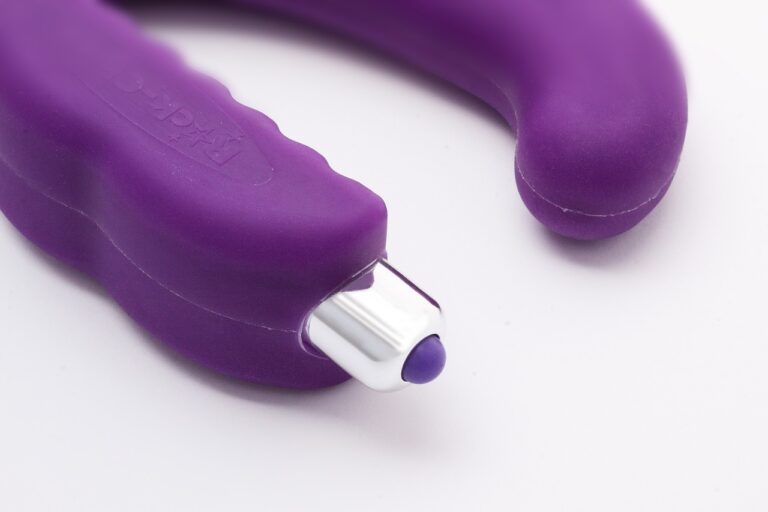The Future of Voice-Activated Shopping: How Voice Assistants are Reshaping Retail
Voice assistants in retail have revolutionized the way consumers interact with businesses. This technology allows shoppers to make purchases, track orders, and browse products with simple voice commands. By integrating voice assistants into their shopping experience, retailers can enhance customer convenience and streamline the buying process.
Moreover, voice assistants provide retailers with valuable insights into consumer behavior and preferences. Through analyzing voice commands and shopping patterns, businesses can tailor their marketing strategies and product offerings to meet the individual needs of customers. This level of personalization not only improves the overall shopping experience but also fosters customer loyalty and retention.
The Impact of Voice-Activated Shopping on Consumer Behavior
Voice-activated shopping has revolutionized the way consumers engage with retailers and make purchases. With the rise of smart speakers and virtual assistants, shopping has become more convenient and efficient than ever before. Consumers can now simply use their voice to search for products, add items to their cart, and even complete transactions without the need to interact with a physical device or screen.
This shift in shopping behavior has led to a more seamless and streamlined experience for consumers. By enabling hands-free interactions, voice-activated shopping has made it easier for customers to multitask and shop on-the-go. This convenience factor has significantly impacted consumer behavior, influencing purchasing decisions and driving increased adoption of voice commerce across various demographics.
Personalization and Customization in Voice-Activated Shopping
In the realm of voice-activated shopping, personalization and customization have become paramount in enhancing the overall user experience. With the ability to learn from past interactions and preferences, voice assistants can tailor product recommendations and suggestions to align with the specific needs and preferences of each individual consumer. By analyzing past purchases, search history, and even tone of voice, these voice-activated systems can offer a more tailored shopping experience, creating a sense of uniqueness and exclusivity for the user.
Furthermore, the integration of customization features allows users to have more control over their shopping experience. Through simple voice commands, consumers can adjust product specifications, select preferred brands, or even modify delivery preferences seamlessly. This level of customization not only empowers users to make more informed purchasing decisions but also fosters a deeper sense of connection and satisfaction with the overall shopping process.





